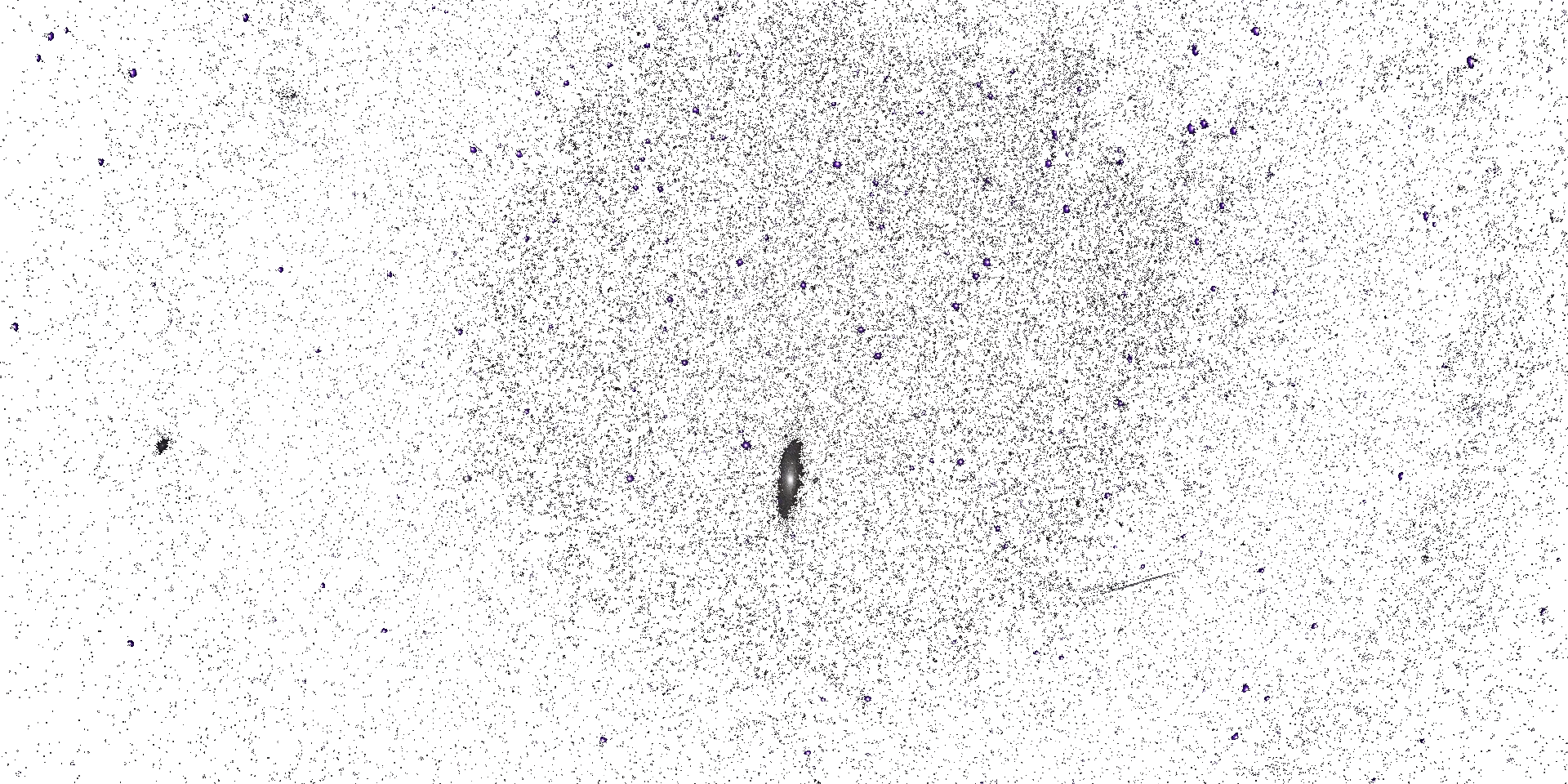




Space Climate 8 Meeting Abstract
Decrease of solar 1600 Å brightness with increasing magnetic field inclination
Ismo Tähtinen (Space Climate Group, University of Oulu, Oulu, Finland)
Alexei A. Pevtsov (2), Timo Asikainen (1), and Kalevi Mursula (1)
1) Space Climate Group, University of Oulu, Oulu, Finland
2) National Solar Observatory, Boulder, USA
When studying solar 1600 Å FUV emissions by using the observations of the Atmospheric Imaging Assembly (AIA), we have found that the inclination (angle from the local zenith) of the photospheric magnetic field affects the FUV brightness. In regions with similar magnetic field strengths but different magnetic inclination, AIA 1600 Å emission decreases with increasing inclination, i.e., when the magnetic field becomes more horizontal. This dependence can be observed at different solar features, for example, at sunspot penumbra, where one typically finds horizontally inclined magnetic fields. The finding that the inclination of the magnetic field, not only its intensity, can affect the brightness of FUV emission from the chromospheric temperature minimum is important, e.g., for solar spectral irradiance observations and for methods that aim to reconstruct magnetic fields based on chromospheric observations.
Mode of presentation: poster (Need to be confirmed by the SOC)
